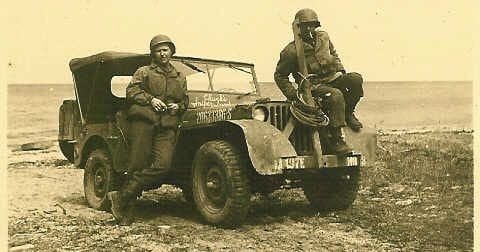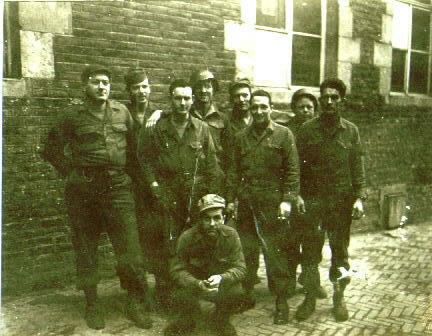187th Engineer Combat Battalion (ECB) 1943–1945: Overview


187th Engineer Combat Battalion (ECB) 1943–1945: Overview
Formation and Structure
- The 187th Engineer Combat Battalion (ECB) was a U.S. Army unit active during World War II, operating in the European Theater from 1943 to 1945.
- A combat engineer battalion typically comprises four companies: A, B, C, and Headquarters & Service (H&S).
- These battalions were part of the U.S. Army Corps of Engineers and were designed to provide both combat support and direct combat functions as needed.
Roles and Capabilities
- The 187th ECB, like other combat engineer units, was tasked with a wide range of responsibilities essential to frontline operations, including:
- Constructing and repairing bridges (mobile, floating, and fixed)
- Building and maintaining roads and railways
- Conducting river crossings using pontoons, rafts, and assault boats
- Demolition and mine warfare (placing and clearing mines and explosives)
- Camouflage, map production, and reconnaissance
- Constructing defensive positions and fortifications
- Providing water supply, sanitation, and vehicle maintenance
- Clearing debris, establishing supply dumps, and supporting logistics
- Serving as infantry in emergencies.
Combat and Campaigns
- The 187th ECB participated in key operations in Europe, including the Normandy campaign and subsequent advances through France and into Germany.
- Combat engineers were instrumental in breaching enemy fortifications, such as the Siegfried Line, and enabling the rapid movement of Allied forces by constructing bridges and clearing obstacles.
- The battalion’s work was often conducted under fire, requiring both technical expertise and combat readiness.
Notable Contributions
- The 187th ECB supported amphibious landings, cleared minefields, and repaired infrastructure critical for the Allied advance.
- Their efforts were vital in maintaining the momentum of frontline units and in defensive operations, where their skills in demolition and fortifications were crucial.
- When the tactical situation demanded, the battalion fought as infantry.
